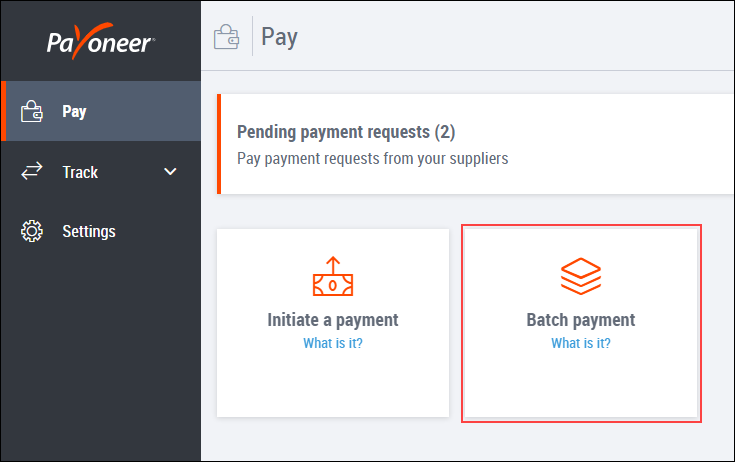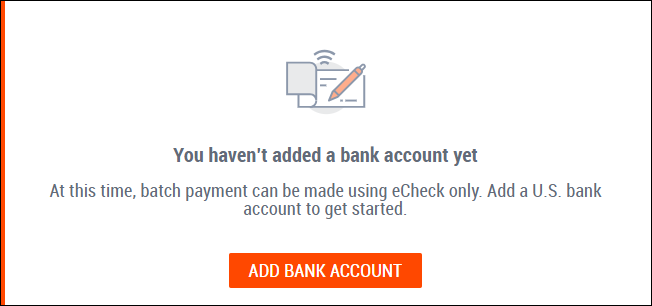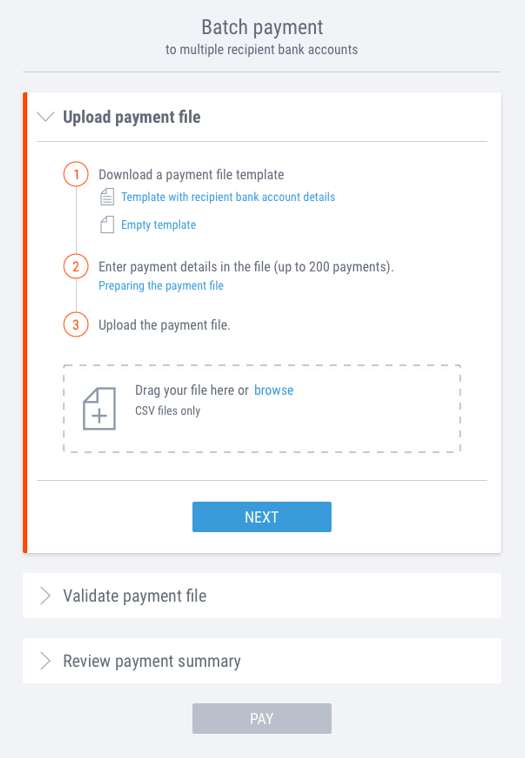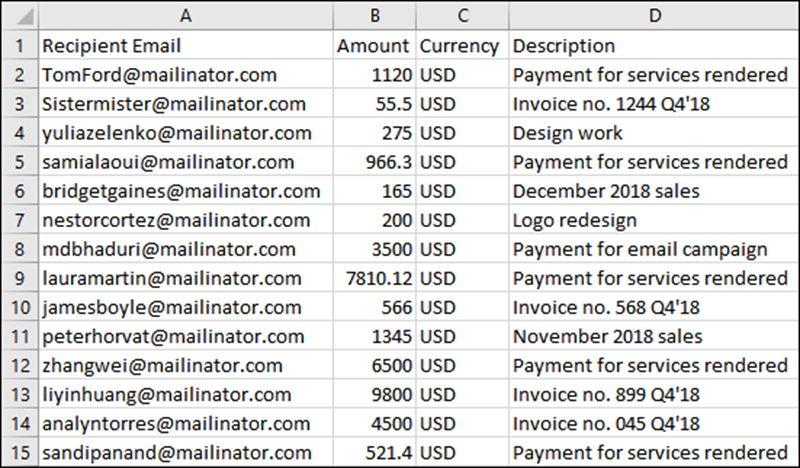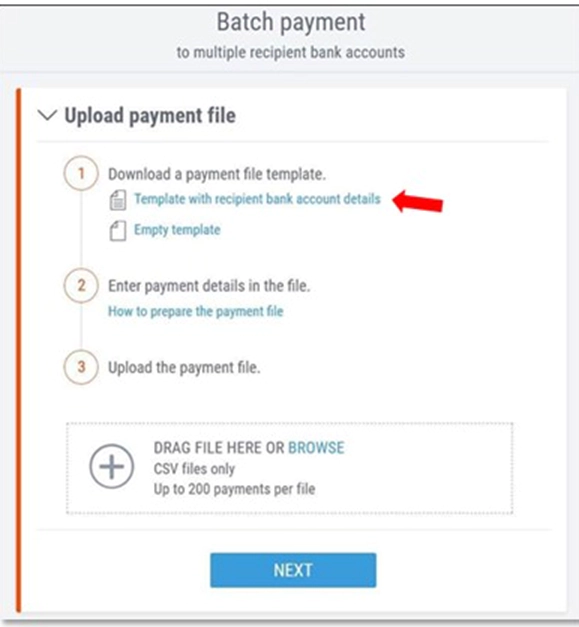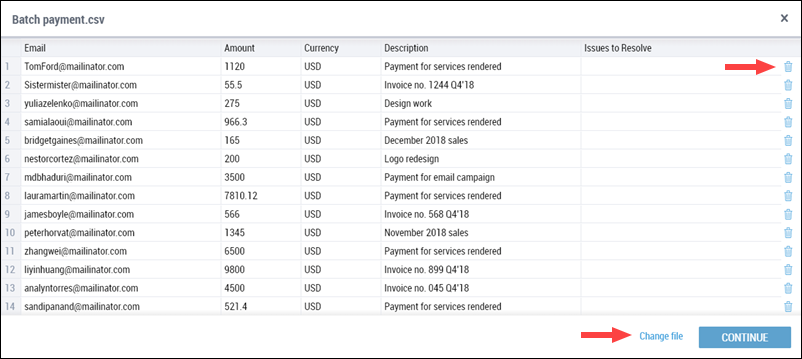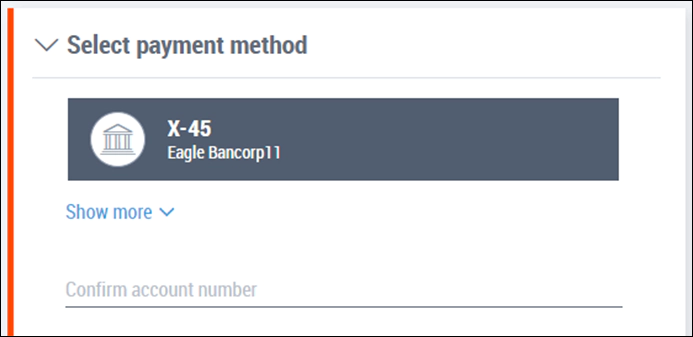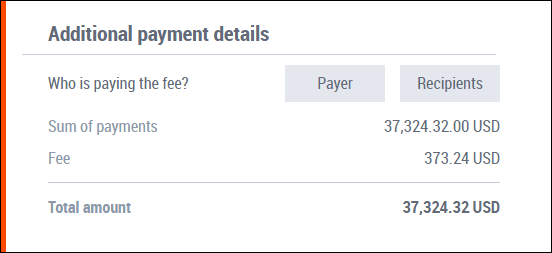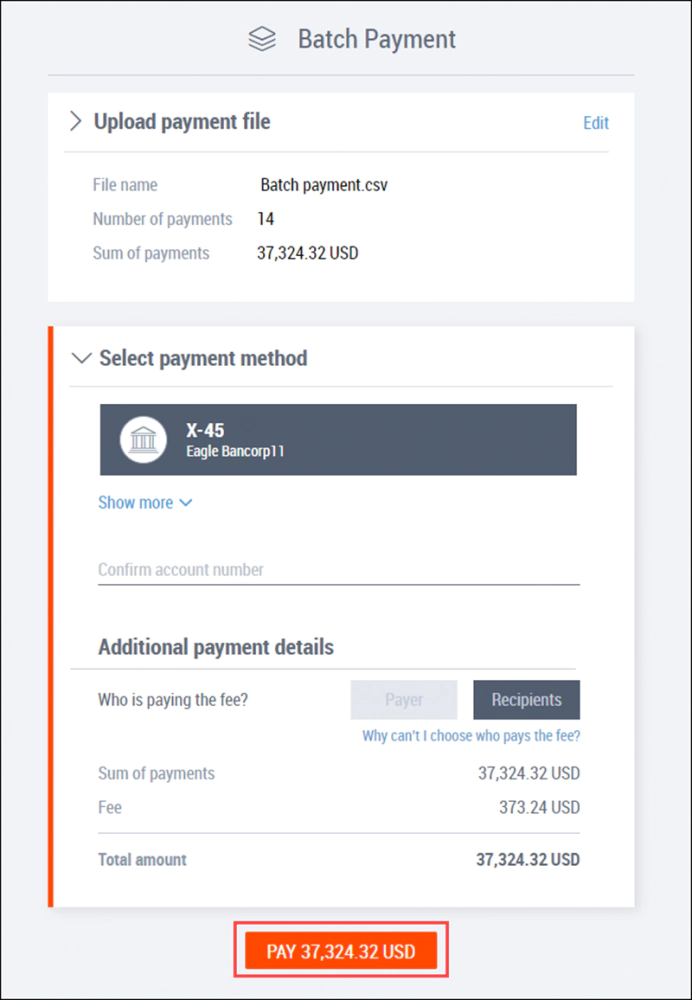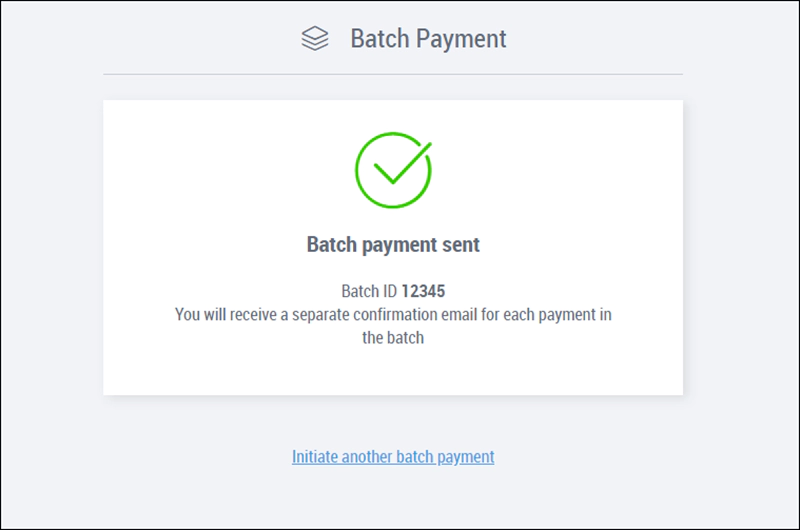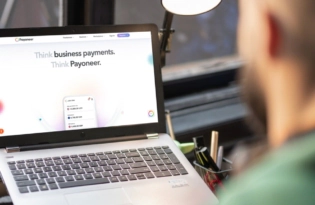How to Create and Send a Batch Payment
Note: This blog is for customers that have a Payoneer account for sending payments (with this account, you can only send payments, using your credit card or bank account details). If you have a Payoneer account for receiving and sending payments, you can find information on making batch payments from your Payoneer account balance here.…

Note: This blog is for customers that have a Payoneer account for sending payments (with this account, you can only send payments, using your credit card or bank account details). If you have a Payoneer account for receiving and sending payments, you can find information on making batch payments from your Payoneer account balance here.
Save valuable time and unnecessary hassle – use Batch Payment* to make multiple payments to your service providers without having to fill in your payment details each time. It’s great for businesses that have recurring invoices or need to make multiple payments at once.
*Please note that Payoneer’s Batch Payment feature is currently available only in the U.S. and for business owners who need to send payments and pay with their bank account details.
Keep reading to learn how to create and send batch payments to your service providers. If you have not yet signed up to initiate payments, you’ll need to do that first.
1. Sign in to Payoneer.
2. Click Pay in the left menu, and then Batch payment.
3. If you have not yet added a bank account to your payment methods, you’ll need to do that before you can create and send a batch payment.
4. Download the batch payment file template.
5. Enter your payment details as follows: for each payment, enter the recipient email in column A, payment amount in column B, payment currency in column C (currently only USD payments are supported in Batch Payment), and payment description in column D.
Save the file to your computer, making sure to preserve your column headers.
6. Now that the batch payment file is ready, drag and drop the file or upload it from your computer.
7. Review the payments to make sure everything is correct and that there are no issues to resolve.
If there is a mistake in your batch payment file, you can delete individual payments by clicking the trash bin icon next to the payment line or click Change file to upload a different file.
8. Once you are ready to proceed, click CONTINUE.
9. Select the bank account you would like to pay with and confirm your account number for security purposes.
Note: at this time, you can make batch payments using ACH bank debit only.
10. Next, choose who pays the fee: you the payer, or your recipients.
Note: According to EU regulations, if any recipient of a payment in your batch payment file resides in an EU country, the payment fee will automatically be charged to him or her. In this case, this rule will apply to all payments in your batch file regardless of the other recipients’ location.
11. When you’re ready, click PAY to complete payment.
12. That’s it! Your batch payment is sent. You’ll receive a confirmation email for each payment in the batch. You can track your payments in the Transactions page of your Payoneer account.
Related resources
Latest articles
-
Planning to hire employees in France? Here’s a quick guide
Looking to hire employees in France for your U.S. company? Learn about employment in France and how Payoneer Workforce Management makes it simple to hire in France.
-
Planning to hire employees in Spain? Here’s a quick guide
Are you looking to hire employees in Spain? Learn about employment in Spain and how Payoneer Workforce Management can help American companies hiring in Spain.
-
How to hire employees in the Netherlands
Looking to hire employees in the Netherlands for your U.S. company? Learn about employment in the Netherlands and how Payoneer Workforce Management can help hire in the Netherlands.
-
How to hire employees in Australia
Looking to hire employees in Australia for your US company? Learn about employment in Australia and how Payoneer Workforce Management makes it easy to hire in Australia.
-
Planning to hire employees in Germany? Here’s a quick guide
Are you looking to hire employees in Germany? Learn about hiring in Germany and how Payoneer Workforce Management can help U.S. companies hiring in Germany.
-
Planning to hire employees in the Philippines? Here’s a quick guide
Wondering how an American company hires employees in the Philippines? Our guide covers how to hire employees in the Philippines and how we can help.
Disclaimer
Nothing herein should be construed as if Payoneer Inc. or its affiliates are soliciting or inviting any person outside the jurisdiction where it operates/is licensed to engage in payment services provided by Payoneer Inc. or its affiliates, unless permitted by applicable laws. Any products/services availability are subject to customer’s eligibility. Not all products/services are available in all jurisdictions in the same manner. Depending on your eligibility, you may be offered with the Corporate Purchasing Mastercard, issued by First Century Bank, N.A., under a license by Mastercard® and provided to you by Payoneer Inc., or the Payoneer Business Premium Debit Mastercard®, issued and provided from Ireland by Payoneer Europe Limited under a license by Mastercard. The Payoneer Business Premium Debit Mastercard® cannot be used at merchants or ATMs in Hong Kong or for HKD payments. If you are located in the EEA, all Payoneer Services will be provided to you by Payoneer Europe Limited, trading as Payoneer and regulated by the Central Bank of Ireland.
The information in this document is intended to be of a general nature and does not constitute legal advice. While we have endeavored to ensure that the information is up to date and correct, we make no representations or warranties of any kind, express or implied, about the completeness, accuracy, reliability or suitability of the information. In no event will we be liable for any loss or damage including without limitation, indirect or consequential loss or damage, or any loss or damage whatsoever incurred in connection with the information provided.
